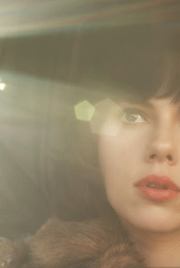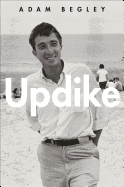In the letters section of the London Review of Books, Jeremy Bernstein responds to a Christian Lorentzen article that mentions Updike and the New Yorker‘s “bank” for manuscripts that were waiting for the right space or time to be published in the magazine:
In the Bank
Christian Lorentzen mentions that John Updike ‘took the precaution of having the New Yorker hold his stories for months and years if the episodes he was treating were still too raw’ (LRB, 5 June). Like all magazines the New Yorker had a ‘bank’ in which William Shawn deposited articles of all kinds until he could or could not find a spot in the magazine. It drove the writers crazy. We were consoled by a story about Updike. He joined the magazine in 1955 and began writing ‘Talk of the Town’. An early piece was called ‘Time on Fifth Avenue’ in which he looks for a clock. It was probably written around 1957. It was put in the bank and not published until 1963.
Jeremy Bernstein
New York
Christian Lorentzen writes: In his biography Adam Begley discusses the New Yorker’s bank, but also mentions that there was a ‘shadow bank’ for stories of Updike’s that veered too close to recent personal events. At the LRB, we have a ‘box’. I’m not aware of a ‘shadow box’.
Here’s the full Letters section for July 2014.
UPDATE: Another LRB letter writer offers a correction:
In the Bank
Jeremy Bernstein refers to articles by John Updike and others being put ‘in’ a bank by theNew Yorker editor William Shawn until a spot could be found for their publication (Letters, 3 July). In My Mistake, a memoir of his time at the New Yorker, Dan Menaker refers instead to such articles being ‘on’ the bank. At first he thinks it’s a riverine metaphor: articles waiting to be pushed into the stream that will take them to publication. He later realises that the ‘bank’ referred to a compositor’s cabinet with a sloping top on which galleys were rested.
Anthony O’Donnell
Northcote, Victoria, Australia
Here’s the link.





